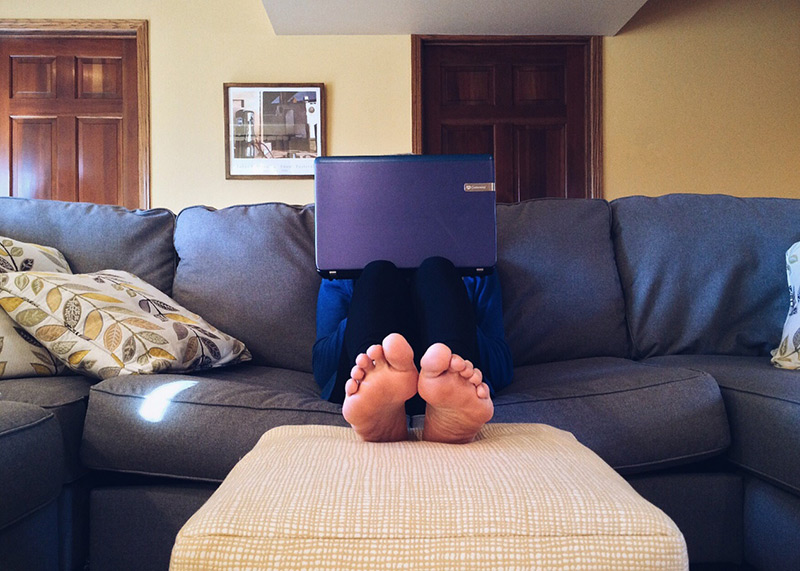Recent research found Americans are spending more time inside than they used to; resulting in significant energy consumption reduction. According to the American Time Use Surveys, compared to 2003, in 2012, Americans spent eight more days at home. Staying at home contributes to more energy consumption for lighting and TVs, but reduces consumption for travel and offices operation. An analysis from the journal Joule found that Americans saved 1,700 trillion British thermal units (BTU) of heat in 2012, which accounted for 1.8{e3829ec1db02d54faaf9fa2de0d48db26af01d7a7944a63c3b26976124791cab} of the national total consumption.
Reducing energy use is a good thing, however, when we spend more time indoors we are more effected by indoor conditions such as access to daylight, thermal comfort, and noise levels. We are also more exposed to millions of invisible air contaminants which can put us at risk for health problems. Optimizing indoor environment quality is essential to improve our comfort, health and wellbeing.
Indoor Environmental Quality (IEQ)
Indoor environmental quality (IEQ) refers to the quality of a building’s environment in relation to the health and wellbeing of those who occupy space within it. It can be affected by many factors, such as air quality, lighting, thermal conditions, ergonomics, etc.
According to US Environmental Protection Agency (EPA), indoor pollutant levels can be 2-5 times greater, in some cases, even 100 times greater than outdoor levels. However, only until recently, with the increasing awareness of “sick building syndrome” (SBS) and health problems of occupants, have people begun to realize the importance of IEQ. According to Rocky Mountain Institute, improved IEQ can reduce 20{e3829ec1db02d54faaf9fa2de0d48db26af01d7a7944a63c3b26976124791cab} of the sick days and improve 16{e3829ec1db02d54faaf9fa2de0d48db26af01d7a7944a63c3b26976124791cab} of productivity.
How to Improve IEQ
Our health, comfort, productivity, and well-being are related to the quality of the spaces around us. Increasing the quality of indoor environment we live in, we can improve our quality of life. There are many ways to improve IEQ and protect human health. Below are some ideas:
- Use better materials: Select safer materials that have less hazardous ingredients and emit no (or low) VOCs
- Increase natural light: Sufficient daylight in spaces improves IEQ by enhancing visual comfort, which increases productivity and reduce illness. Moreover, well-designed buildings can optimize natural daylight and reduce lighting energy use by 50{e3829ec1db02d54faaf9fa2de0d48db26af01d7a7944a63c3b26976124791cab} – 80{e3829ec1db02d54faaf9fa2de0d48db26af01d7a7944a63c3b26976124791cab}.
- Use natural ventilation: Where outdoor air is good IAQ can be improved by increasing ventilation ratse and the percentage of ventilation air which is directly from outdoor air. This can also reduce operational costs of mechanical ventilation.
- More control: Real time monitoring your indoor environmental quality will allow you to realize when there are issues and to take action immediately to improve the air.














